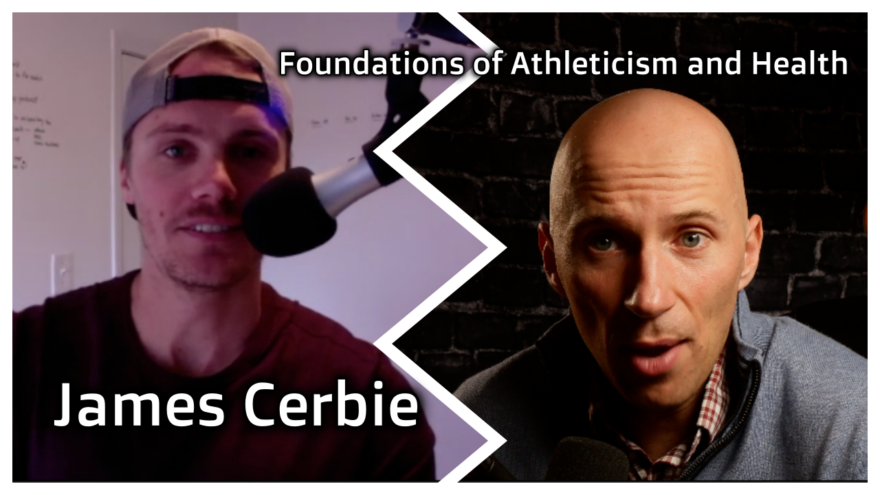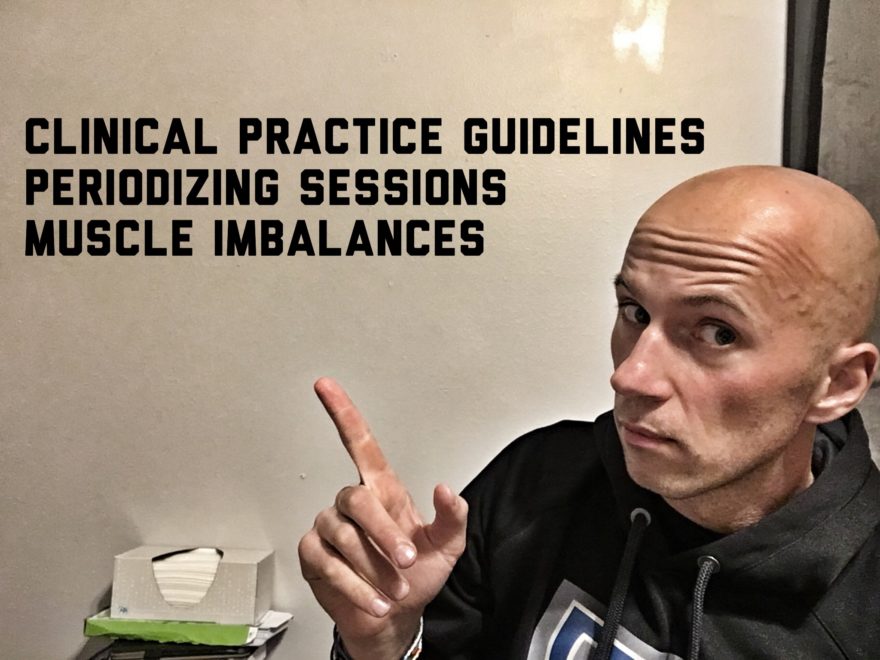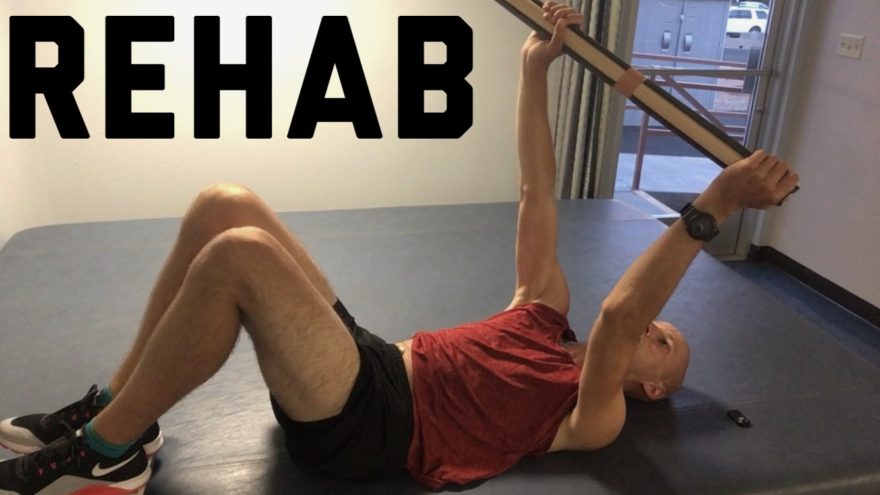Tag: periodization

Foundations of Athleticism and Health with James Cerbie
To be life-proof, you need to build power, strength, endurance, hypertrophy, and move well. In this podcast with James Cerbie,…

Clinical Practice Guidelines, Periodizing Sessions, and Muscle Imbalances – Movement Debrief Episode 33
Movement Debrief Episode 33 is in the books. Here is a copy of the video and audio for your listening…

Practical Basketball Conditioning
Hey party people. Just when you thought I was done guest posting, I got another spot on my guy Mike…

How to Design a Comprehensive Rehab Program
Just when I thought I was out, the clinic pulls me back in. Though I’m glad to be back. There’s…
Course Notes: The Val Nasedkin Seminar
A Long Lost Love Strength and conditioning is a guilty pleasure of mine. One I love to indulge in from…
